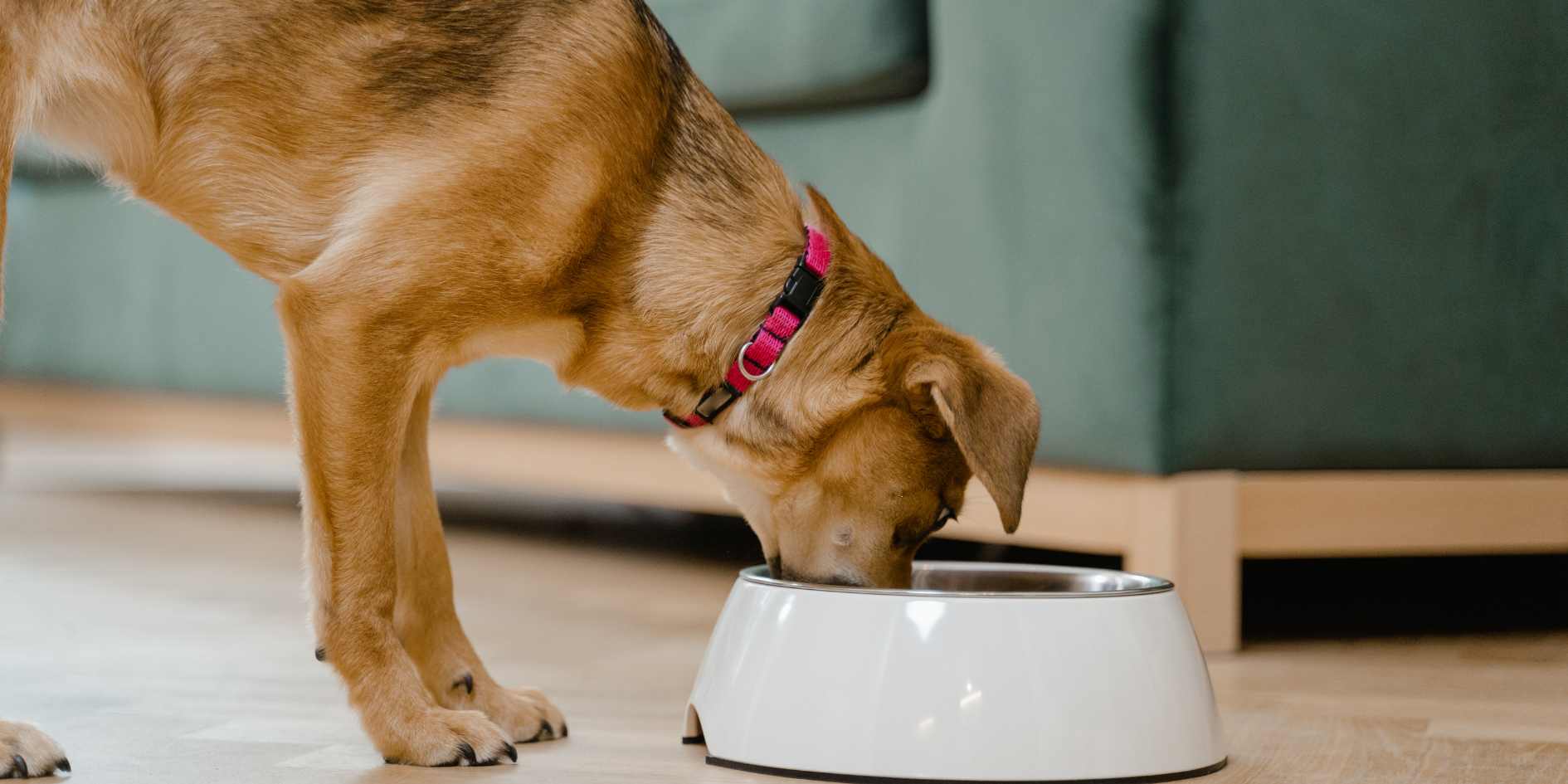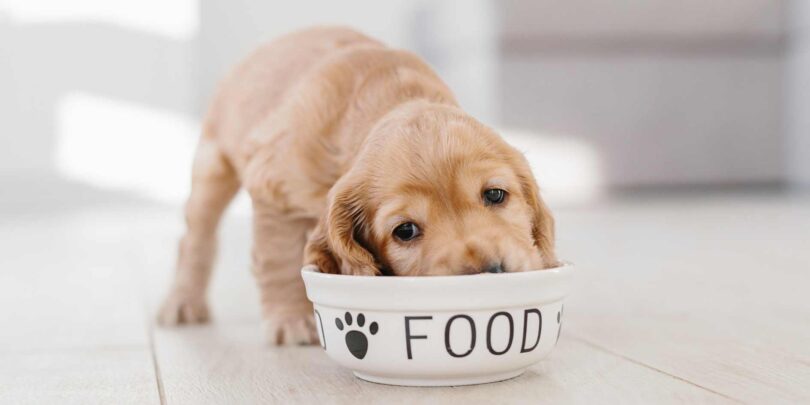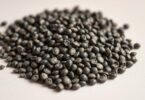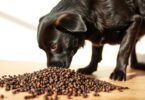In dogs, kidney disease is a widespread health complication, particularly at old age. Proper nutrition of dogs with kidney disease is one of the most important parts of its management, and it may well mean a change to a low protein dog food. Why however is low protein important? What do you want to see in dog food with kidney disease? And what about the proper food of your furry friend?
It is in this article that we are going to unravel it all in simple terms so that you can arrive at the best decision that would suit your dog health.
Understanding Kidney Disease in Dogs
What Is Kidney Disease?
Kidney disease or renal disease occurs when the kidneys of your dog are unable to administer waste and balance of fluids in an efficient manner.
There are two types:
Acute Kidney Disease: It occurs without warning, and typically as a result of poisoning or infection.
Chronic Kidney Disease (CKD): This is a chronic progressive disorder that is commonly observed among elderly dogs.
Common Symptoms of Kidney Disease
- Alterations (increased thirst and urination)
- Loss of appetite
- Weight loss
- Vomiting or nausea
- Bad breath (ammonia smell)
When your dog exhibits any of the mentioned signs, then it is important that you have your veterinarian consulted immediately.
Why Low Protein Dog Food Is Important
Proteins are required by the dogs as a source of energy and muscle repair, as well as healthy skin and coats. But in case of kidney disease, excess protein may cause extra work to the kidneys when a dog has kidney disease.
How Low Protein Helps
Low protein dog food:
- Lessens the load of the kidneys.
- Reduces the required volume of waste to get rid of.
- Helps is in good health in terms of weight and body.
- Is capable of enhancing the quality of life and delaying the rate of kidney damage.
Keep In Mind: Low protein does not mean protein free. The trick is good quality, easily digestible protein in lesser quantities.
What to Look for in Low Protein Dog Food
Low protein content is not the only factor that should be considered when selecting food to feed a dog with kidney disease.
The other features that are important to consider are as follows:
Moderate to Low Protein
Find dog food with high-quality animal proteins such as chicken, turkey, or eggs however in less quantity. Typically, the content of protein is approximately 12-18 percent on a dry basis.
Low Phosphorus
Kidney disease depends on phosphorus management. Phosphorus may cause rapid kidney damage. Find food that contains less than 0.5% phosphorus (dry matter).
Controlled Sodium
Lowering sodium enables normal blood pressure levels and lowers fluid retention. Look for low-sodium formulas.
Increased Omega-3 Fatty Acids
Kidney inflammation and the slackening of the disease may be slowed by fish oil (Omega-3s).
Vitamins and Antioxidants added
Increased urination in kidney disease usually causes loss of vitamins B and C. Antioxidants are helpful to the general immune system.
Vet-Prescribed vs. Over-the-Counter Low Protein Foods
Low protein dog food is of two major types:
Prescription Dog Food to treat Kidney Disease
They are designed specifically, and can be only obtained via veterinarians or prescription.
Examples include:
- Hill’s Prescription Diet k/d
- Royal Canin Veterinary Diet Renal Support.
- Purina Pro Plan Veterinary Diets NF. FK Kidney Function.
The diets are balanced and mid-tested in the case of dogs with kidney disease.
Non-Prescription (Over-the-counter) Alternatives
Others have kidney-friendly lower-protein that it does not require a prescription. Nevertheless, these are not always as strict in dogs with moderate to serious problems with kidneys.
Before switching all the time, make sure you consult your vet, particularly when your dog has been diagnosed to have chronic kidney disease.
Homemade Low Protein Dog Food: Is It Safe?

There are also those owners who would like to make homemade diets and this is mostly so when the dogs are choosy of what they should eat. Although this puts you in charge of what is in it, you should strongly involve a veterinary nutritionist so that your dog is not being fed on the wrong nutrients.
Grandmother made me a homemade diet, cooked it with love and affection, and then it will make me sicker than before.
Best Low Protein Dog Food Brands for Kidney Disease
These are the highest rated dog food that contain low protein and are sold:
Prescription Diets:
Hill’s Prescription Diet k/d
- Known to aid in the functioning of the kidneys.
- Omega-3s and antioxidants enriched.
Royal Canin Renal Support
- Diversity of textures and tastes of fussy consumers.
- Kidney and overall healthy balanced.
Purina Pro Plan Veterinary Diets NF
- Low phosphorus and protein
- Supports lean body mass
Non-Prescription Options:
Blue Buffalo Natural Veterinary Diet Kidney Support
- Gluten-free, low protein and mineral grain production.
Forza10 Nutraceutic Active Kidney Renal Support Diet
- Low ingredients and fish protein.
- Herbal extracts that were natural.
Hill’s Science Diet Adult 7+
- It is not a kidney food, but it does not have as much protein as the aging dogs need.
Tips for Feeding a Dog with Kidney Disease
Make Mealtime Enjoyable
Kidney diseased dogs tend to lose appetite. Try:
- Warming the food slightly
- A little low sodium broth can be added.
- Adding a little bit of tinned food.
- Giving fewer but more frequent meals.
- Always Provide Fresh Water
Water intake is important in supporting the kidney. You should ensure that your dog has access to clean and fresh water at all times.
Always Provide Fresh Water
Loss of weight and lack of appetite are usual. Weigh-ins and the vet checkups should be done regularly so that the diet can be changed.










Leave a Comment